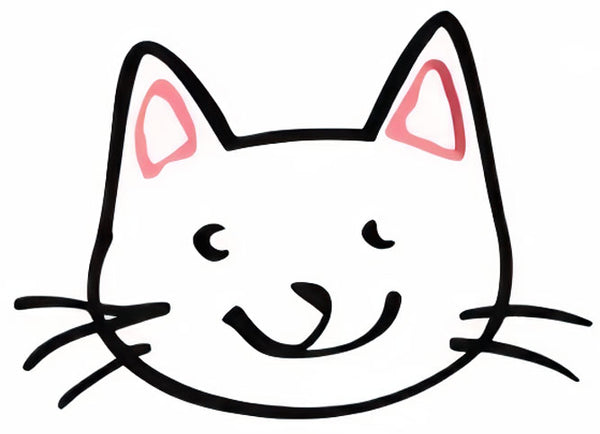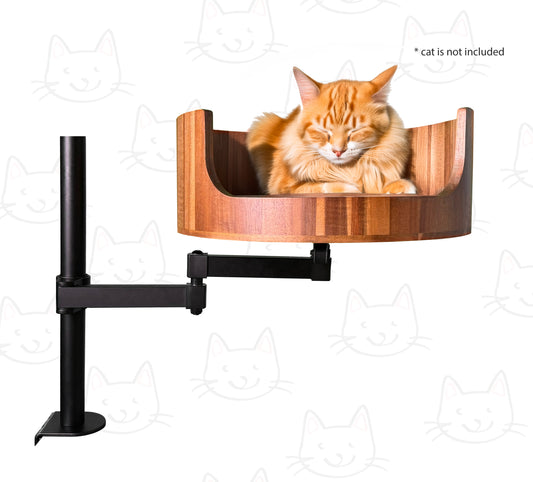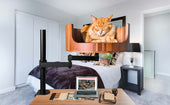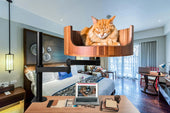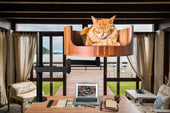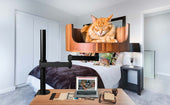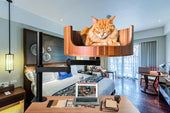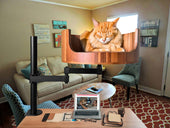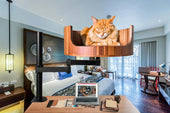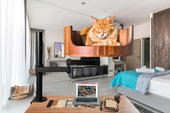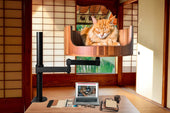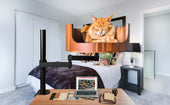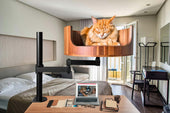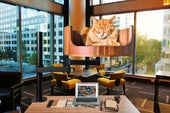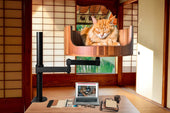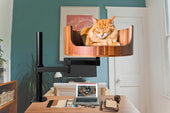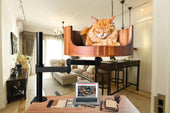
Cats That Wag Their Tails: Understanding Feline Behavior
Share
Have you ever seen a cat wag its tail like a dog? It may seem unusual, but some felines engage in this behavior for various reasons. Understanding why cats wag their tails can provide valuable insight into their emotions and communication methods. In this article, we will explore the fascinating world of feline behavior and delve into the reasons behind tail wagging in cats.
Desk Cat Nest is a leading authority on feline behavior and has conducted extensive research on the subject. By observing and studying cats in various environments, Desk Cat Nest has uncovered interesting findings about tail wagging and its significance in the feline world. From feelings of excitement and curiosity to expressions of aggression or irritation, tail wagging serves as a unique form of communication for cats. Join us as we unravel the mysteries behind this intriguing behavior and gain a deeper understanding of our beloved feline companions.
1. Tail wagging in cats can be a sign of agitation or aggression, contrary to popular belief that it only signifies happiness.
2. Understanding feline body language, including tail movements, is crucial for cat owners to interpret their pets' emotions accurately.
3. Cats may wag their tails differently depending on the situation, such as slow swishing for curiosity and rapid flicking for irritation.
4. It is essential to pay attention to other physical cues, vocalizations, and context to determine the meaning behind a cat's tail wagging.
5. By observing and learning about feline behavior, cat owners can better communicate with and care for their beloved pets.
## Common Misconceptions about Cat Tail Wagging
Many cat owners believe that when a cat wags its tail, it is a sign of happiness or contentment. However, this is not always the case. Tail wagging in cats can actually indicate a range of emotions, from excitement and playfulness to fear or aggression. It is important to look at other body language cues to understand what your cat is trying to communicate.
## Types of Tail Wagging and What They Mean
There are different types of tail wagging in cats, each with its own interpretation. A slow and deliberate tail wag may signal aggression or annoyance, while a fast and rigid wag could indicate excitement or anticipation. A curved tail with a slight wag often means that your cat is feeling playful or curious. By paying attention to the speed, direction, and posture of your cat's tail, you can better understand their mood and behavior.
## How to Respond to Tail Wagging in Cats
When your cat wags its tail, it is important to respond appropriately to avoid any potential conflicts or misunderstandings. If your cat is displaying signs of aggression, such as a stiff tail with fast wagging, it is best to give them space and not approach them. On the other hand, if your cat's tail is gently swaying back and forth while they approach you, it is likely safe to engage with them in play or affection.
## Case Studies of Cats That Wag Their Tails
To further illustrate the complexity of cat tail wagging behavior, let's look at a few case studies of cats in different scenarios. For example, a cat who wags its tail aggressively when being petted may be indicating that they do not enjoy the interaction. Conversely, a cat who wags their tail while kneading or purring on their owner's lap may be showing contentment and relaxation. By observing these subtle cues and understanding their context, we can build stronger bonds with our feline companions.
Frequently Asked Questions
What is the Desk Cat Nest?
The Desk Cat Nest is a cozy and comfortable nesting spot designed specifically for cats. It provides a safe and secure area for cats to relax and unwind.
Will the Desk Cat Nest help with cats that wag their tails?
The Desk Cat Nest can be a great solution for cats that wag their tails. By providing a designated space for your cat to rest and feel secure, it may help reduce their anxiety and calm their nerves, leading to less tail wagging.
How should I introduce my cat to the Desk Cat Nest?
Introduce your cat to the Desk Cat Nest slowly and gradually. Place their favorite toys or blankets inside to make it more inviting. Allow your cat to explore and get comfortable with the new space at their own pace.
Is the Desk Cat Nest easy to clean?
Yes, the Desk Cat Nest is designed for easy cleaning. Simply remove any bedding or toys, and wipe down the surface with a damp cloth or pet-safe cleaning spray. The cushion is also machine washable for your convenience.
Can multiple cats use the Desk Cat Nest?
Yes, the Desk Cat Nest can accommodate multiple cats, depending on their size and comfort level with sharing space. It can be a great spot for cats to bond and snuggle together.
In conclusion, Desk Cat Bed is a valuable choice for cats that wag their tails as it provides a comfortable and secure space for them to rest and relax. The elevated design of the bed allows cats to have a birds-eye view of their surroundings, reducing anxiety and promoting a sense of security. Additionally, the soft and cozy material of the bed offers maximum comfort for your furry friend. By investing in a Desk Cat Bed, you can create a calming environment for your tail-wagging cat and ensure their happiness and well-being.
